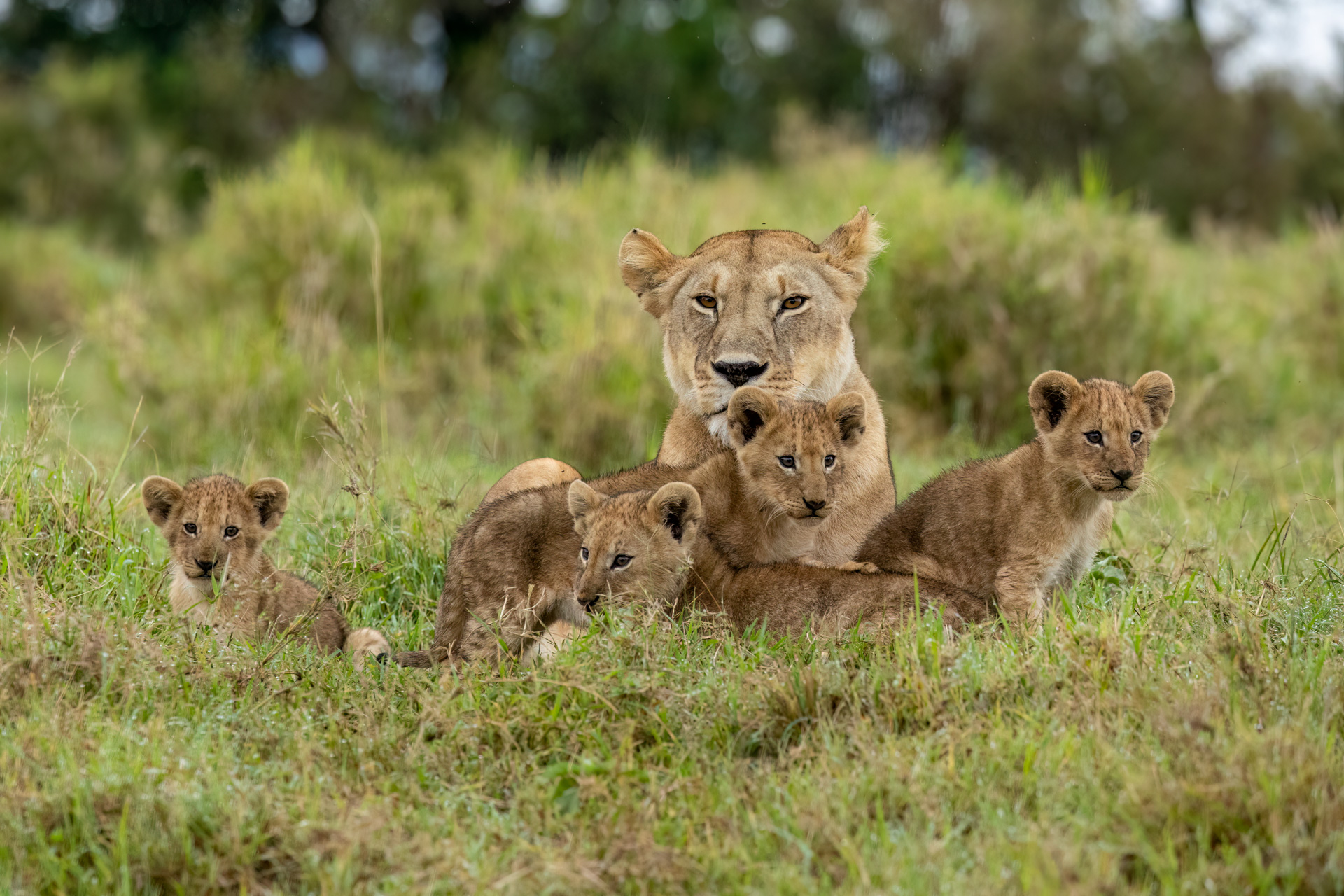
Co-existence between wildlife and people has always been a delicate balance. But when the needs and behavior of one negatively affect the needs of the other human-wildlife conflicts occur. These conflicts can happen when wildlife damage crops, threaten, injure or kill people and domestic animals. But wildlife are not the only instigators as humans seek out bush meat, wildlife trophies, and perceived medicinal ingredients which can have far-reaching and long-term consequences on these animals.
This baby elephant is a victim of such behaviour, and couldn’t escape the grip of a snare that clearly wasn’t meant for it. Luckily, in the Mara Triangle, there are constantly rangers out on patrol as well as alert guides out on game drives. This makes it easier to spot such victims on time for a timely intervention. We would like to say a big thank you to the Mara Conservancy rangers who collected 236 snares just last month. Without them, there would be many more animals caught in this wire grip.

The day after Angama guide Wilson Naitoi reported the case, rangers were able to immobilise both the mother and the calf for the much-needed treatment. The bond between a mother and baby elephant is so strong that the mom would not have abandoned her calf in a crisis. This is why the vet had to dart them both, starting with the mother, otherwise risking the wrath of a 4-ton overly-protective mama.

Treating an elephant is a delicate process as the vet has to make sure they are as comfortable as possible, pouring water behind their ears to keep them cool and placing a small twig in their trunk to keep breathing channels open. With the snare removed, the vet revived both elephants who were able to rejoin their family without complication.
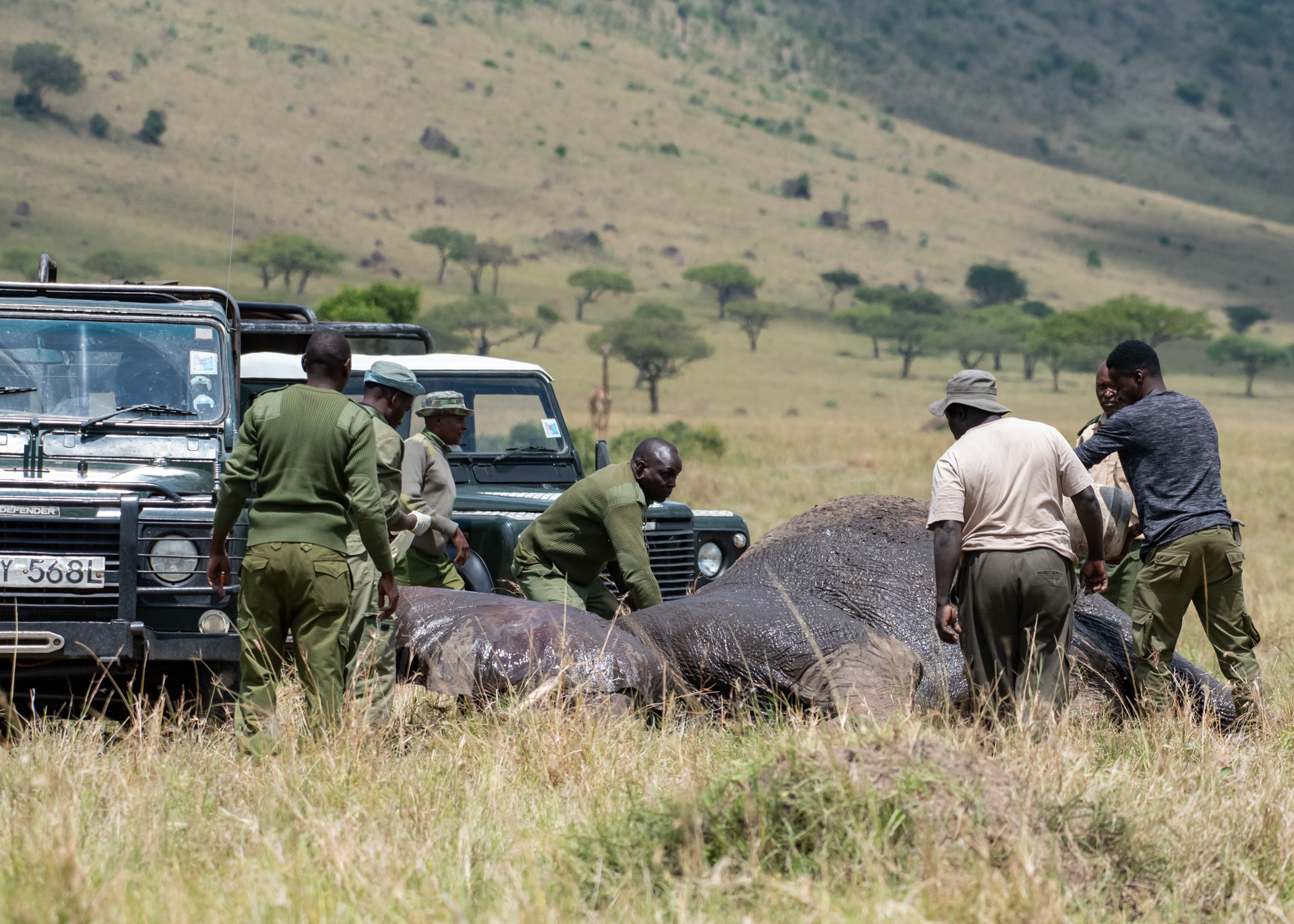
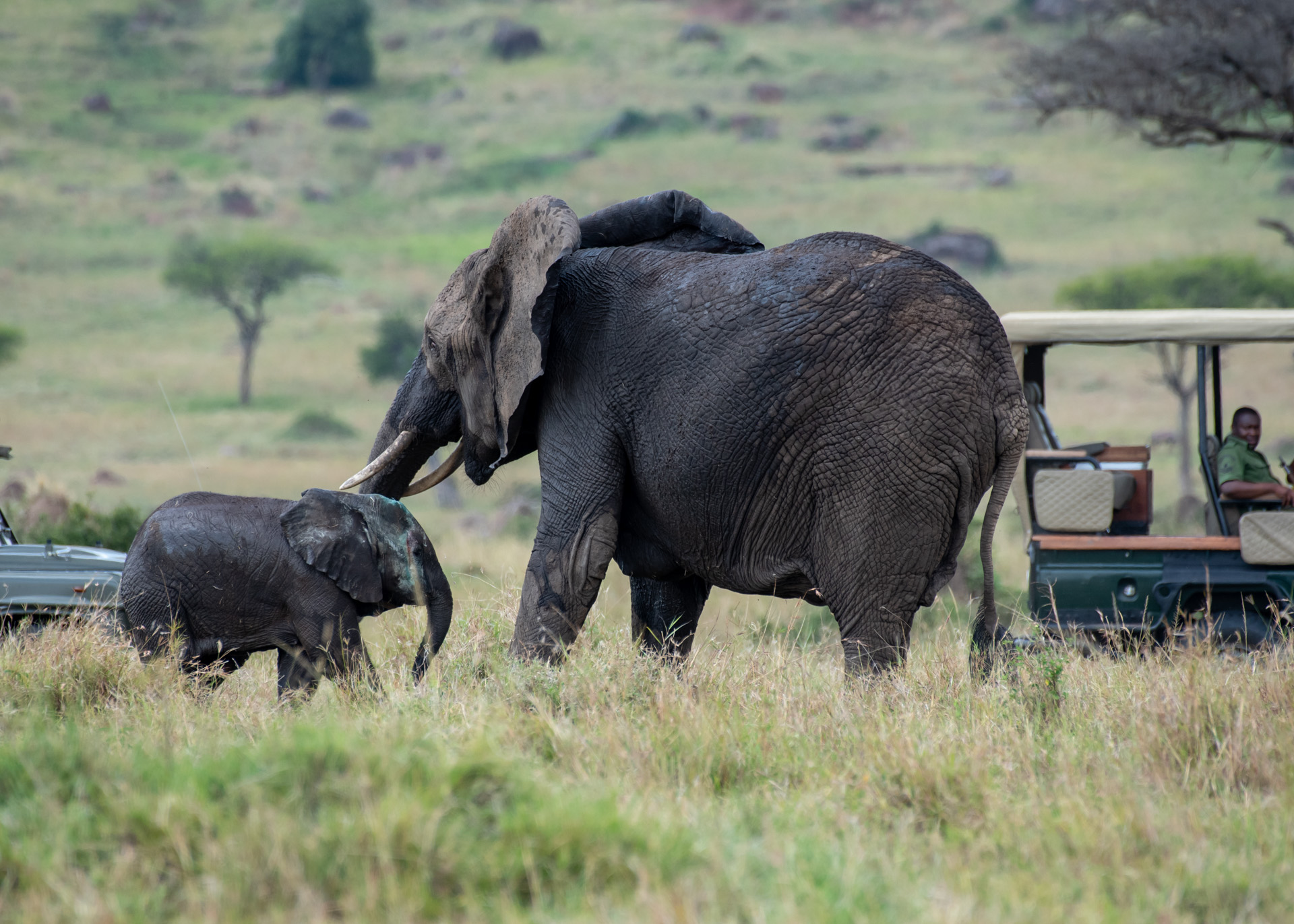
Apparently, when the team were searching for the snared elephant, they came across a bull who would also need to be looked at. Later that day, I was able to capture some images of the bull being steered from the forest right below Angama so they could dart him in the open plain. This elephant’s hind leg was swollen and he was limping — it wasn’t clear what had caused it, so they cleared the puss and gave him some antibiotics and he was on his way.
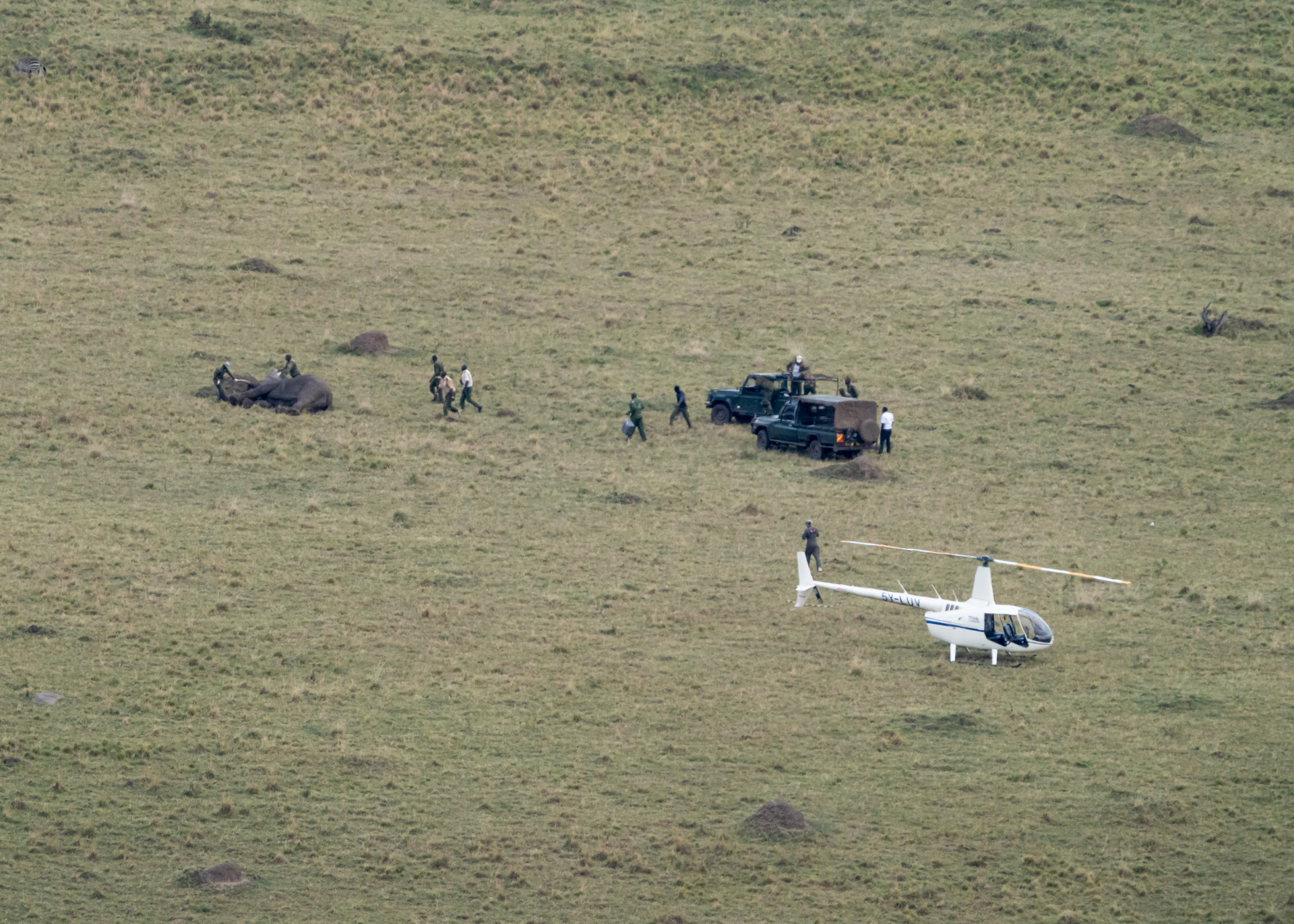
We can confirm that this nomad cheetah who has been featured several times in our weekly blog is now a permanent resident in the Triangle from Shieni Bridge to Serena Airstrip. He has been busy scent marking, making successful hunts and providing delightful sightings for our guests.
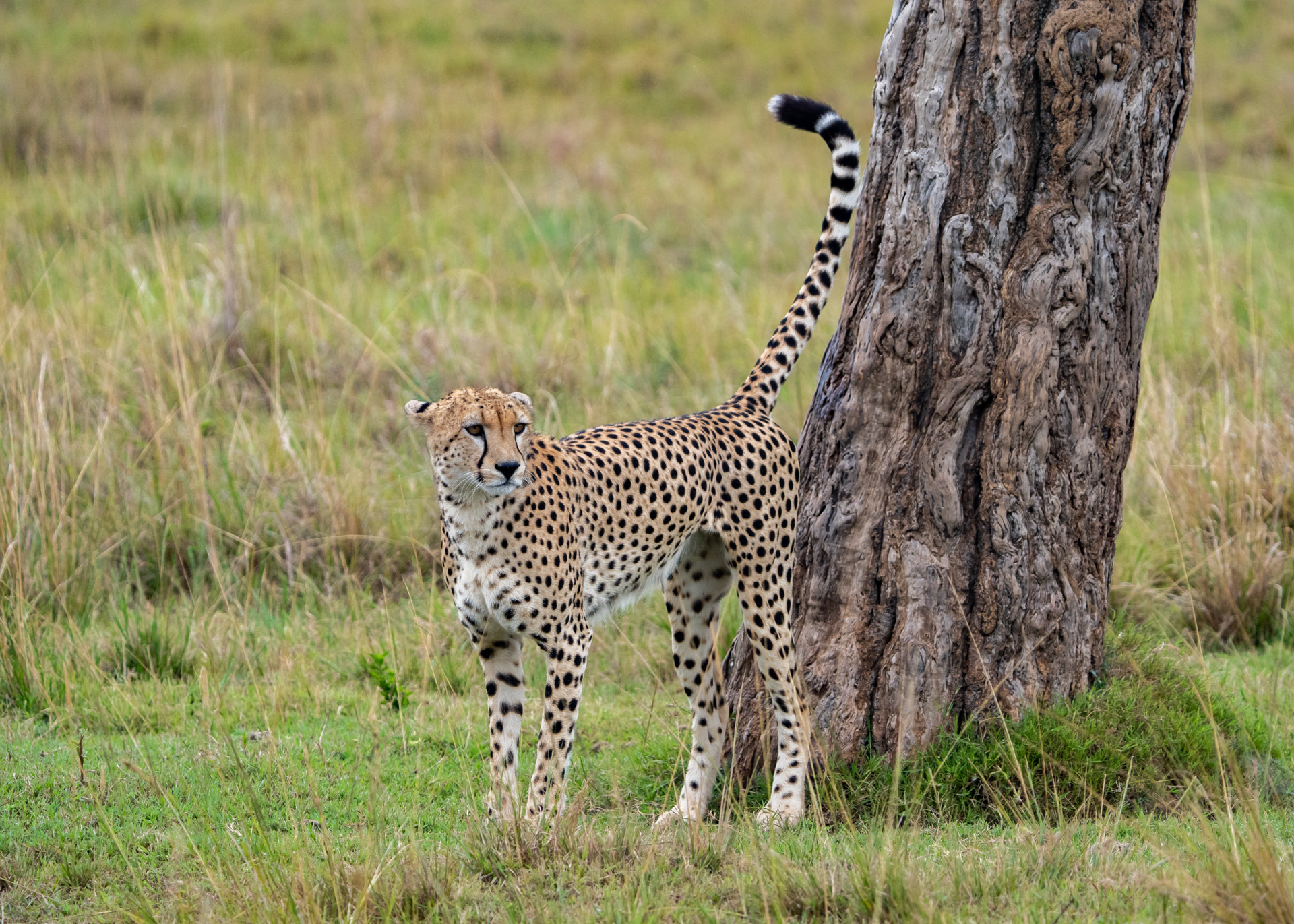
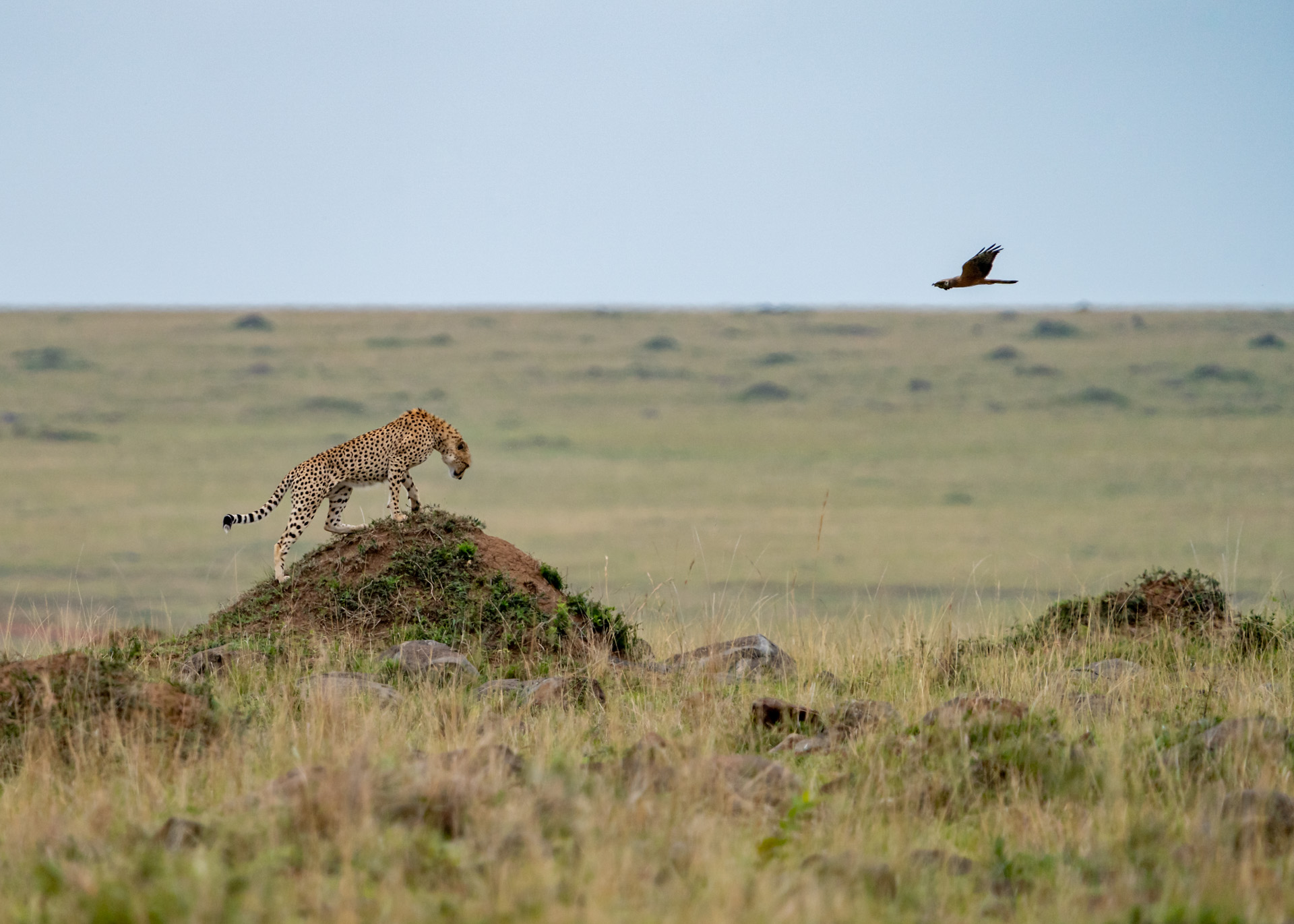
After taking down a warthog, he quickly started eating before the vultures and jackals started beaconing his position. Having devoured most of his kill, a hyena showed up and pushed him off it. The activity also called in a lioness, but too late, there was almost nothing left after the hyena was done.



Exactly a month ago, we reported that the last female of the Angama Pride had new cubs. We are thrilled to see that all four cubs are accounted for and looking good. We estimate they are about three months old now and with each passing day, the odds of survival get better. Soon they will get the taste of blood as they are weaned off mom’s milk and then she has the task of hunting for five rather than eating for five.

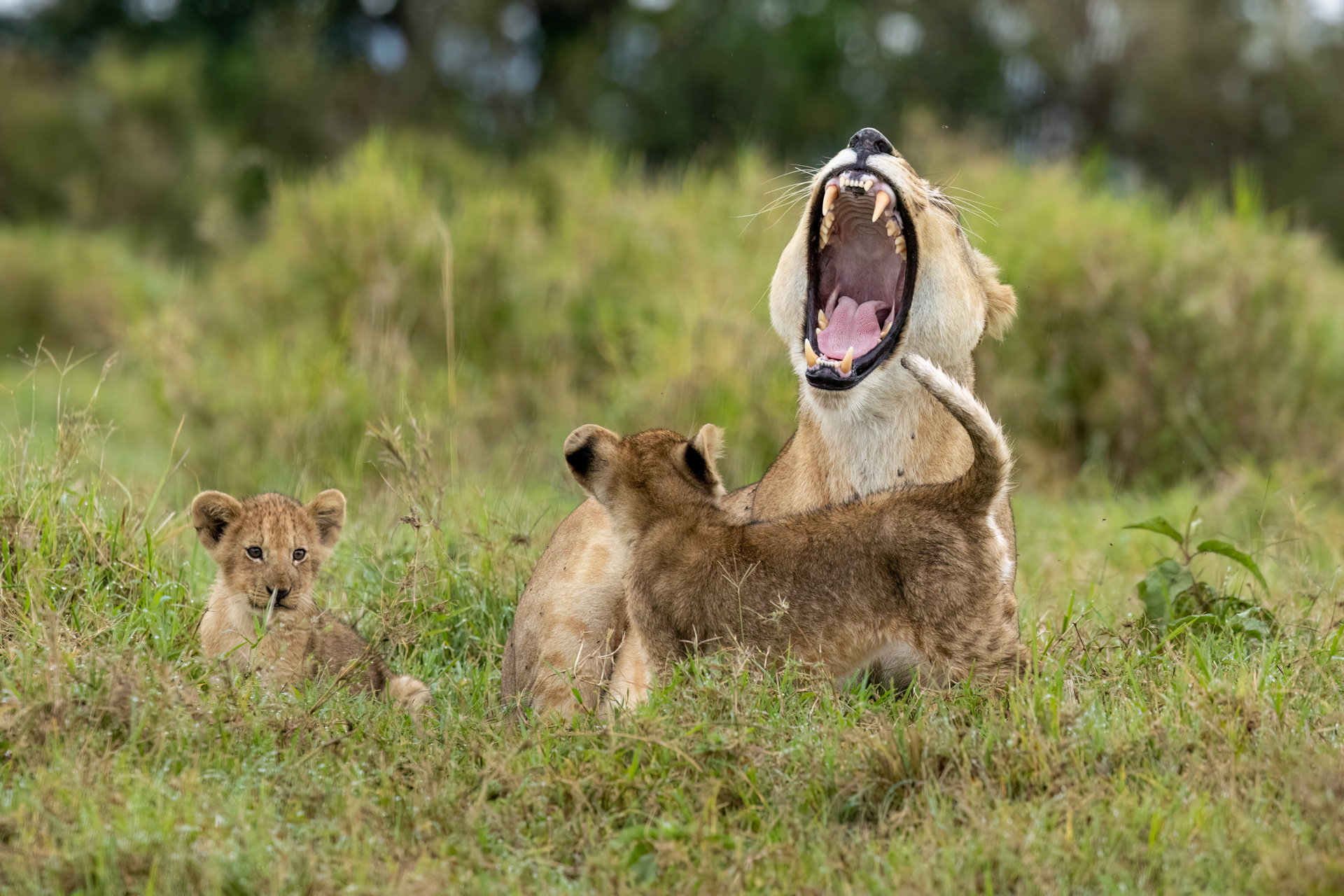
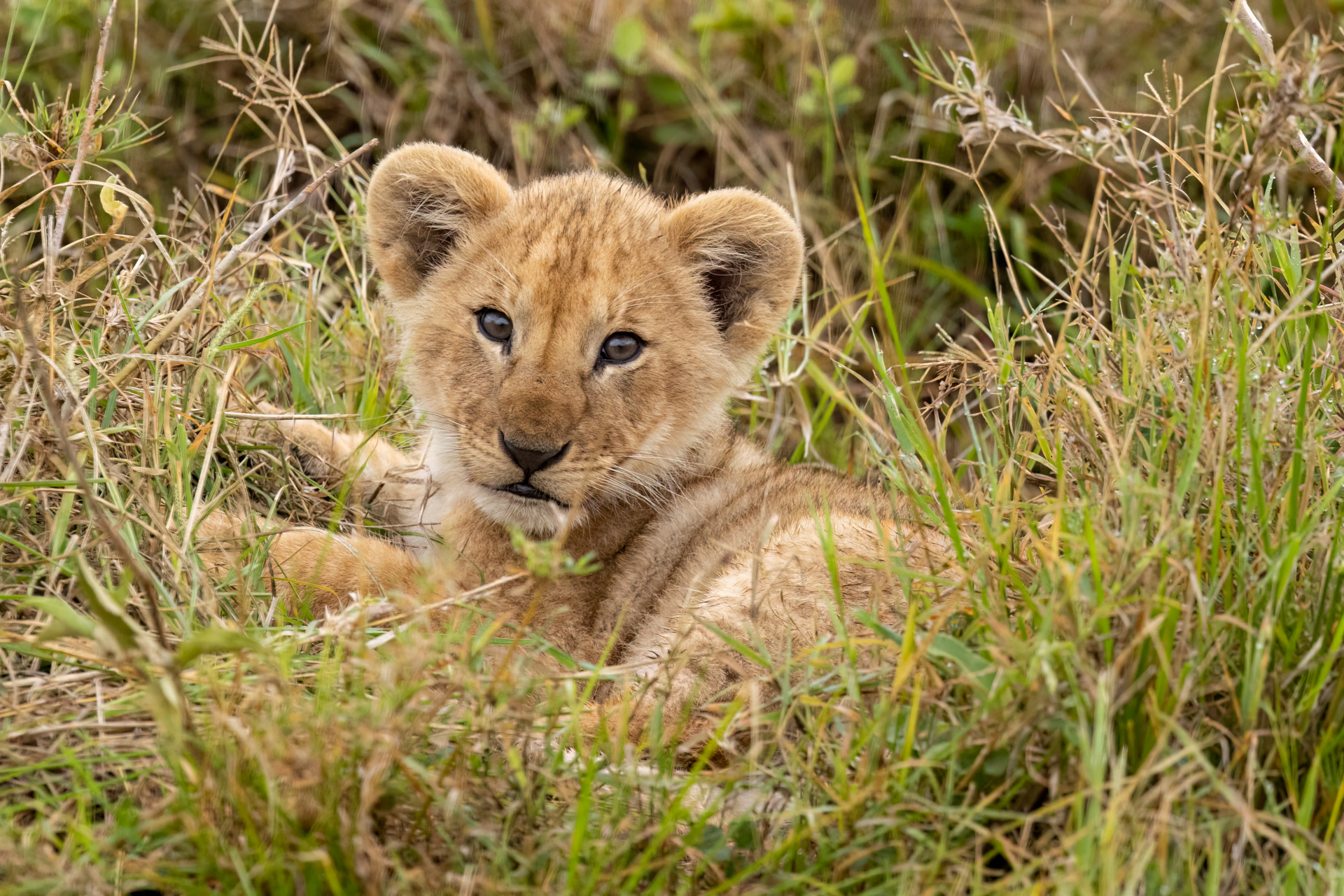
This unusual encounter between a baboon and a grey crowned crane had Sammy confused until one of our guides, Lemaalo, explained it. Remarkably, these two cranes were in the middle of courtship when a baboon came too close. The male crane took charge and fended off the baboon in a show of strength to his mate which is quite daring as a big male baboon is a formidable and strong animal. This act of bravery won the heart of the lady and all were happy — except the baboon who was probably a bit embarrassed.


On our way back to camp after a good drive, we came across a lioness hunting warthogs. One little piglet had a target on its back, but had some fight in it and ran with impressive speed to take refuge inside a burrow. We left the lioness digging for the piglet and then heard her get her prize. A clearly lactating mother lion needs the energy to feed her young and one warthog family is less one today.

Of course, we can never leave out the leopards of the Mara. This week I caught up with this impressive icon of the Triangle, the big Salt Lick Male, climbing down a tree as well as the lovely Nadallah looking as beautiful as ever in the morning light. She is as photogenic as they come.

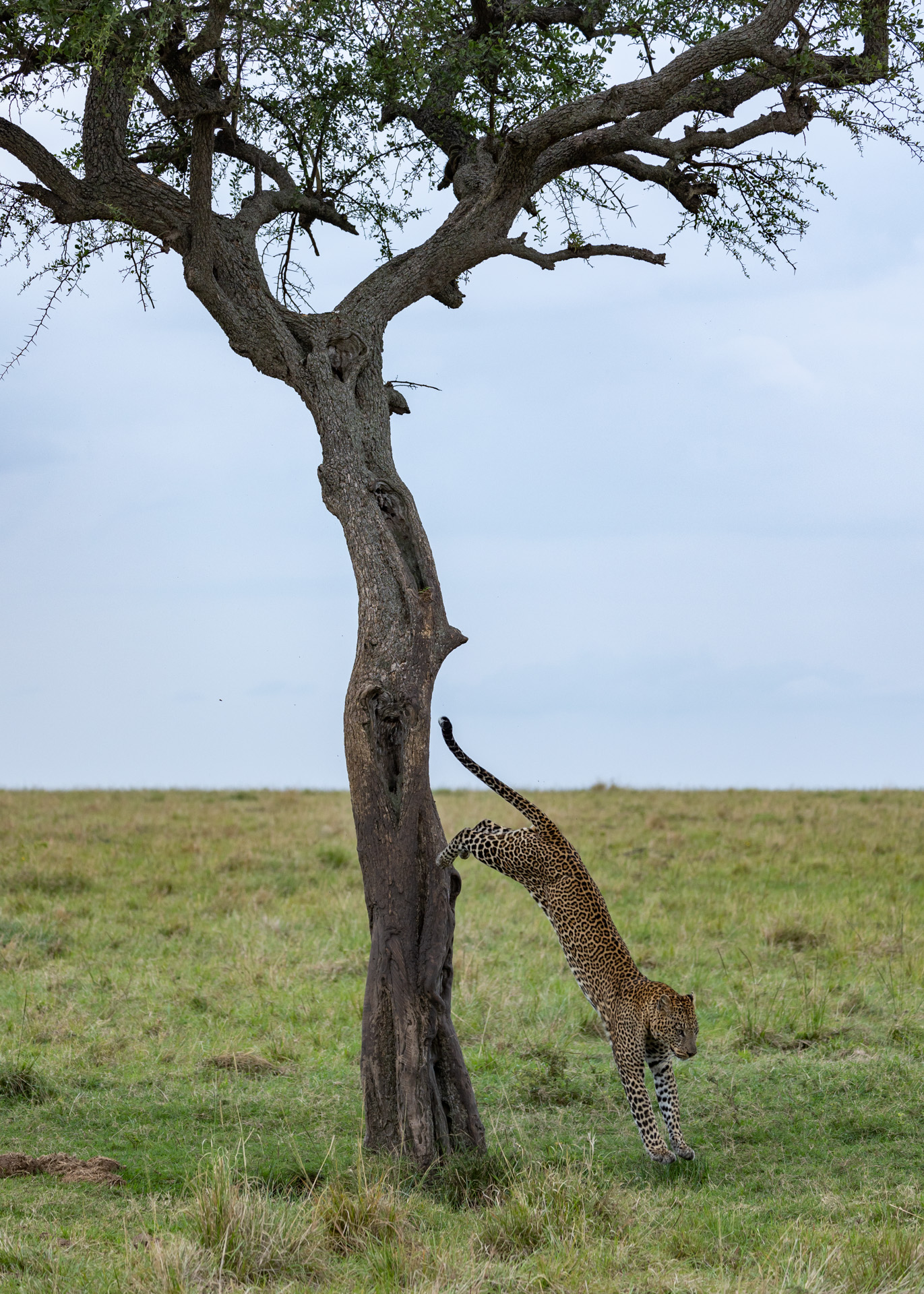


This time last year, we were introduced to a different litter of cubs from the Angama Pride. It is a great pleasure and a huge relief to see that the pride is growing once again after it was very nearly decimated earlier in the year.
Filed under: This Week at Angama
Subscribe for Weekly Stories
Comments (0):

Weddings in the Mara